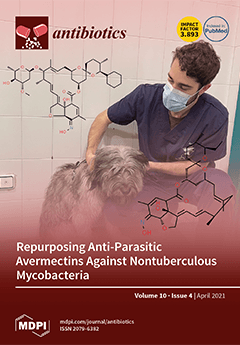All infections are potentially curable as long as the etiological agents are susceptible to antimicrobials. The increased rate at which antimicrobials are becoming ineffective is a global health risk of increasing concern that threatens withdrawal of beneficial antimicrobials for disease control. The increased demand for food of animal origin, in particular eggs, meat and milk has led to intensification and commercial production systems where excessive use and misuse of antimicrobials may prevail. Antimicrobials, handled and used by farmers and animal attendants with no formal education, may be predisposed to incorrect dosages, misuse, incorrect applications and non-adherence to withdrawal periods. This study was conducted to assess the regulatory roles and governance of antimicrobials, establish the pattern and extent of their use, evaluate the antimicrobial residues and resistance in the food animals and crop agriculture value chains, and relate these findings to existing strategies in place for combating the emergence of antimicrobial resistance in Tanzania. A multimethod approach (desk review, field study and interviews) was used. Relevant establishments were also visited. High levels of resistance to penicillin G, chloramphenicol, streptomycin and oxytetracycline have been reported, especially for
Actinobacter pyogenes,
Staphylococcus hyicus,
Staphylococcus intermedius and
Staphylococcus aureus from dairy cattle with mastitis and in humans. Similar trends were found in poultry where eggs and meat are contaminated with
Escherichia coli strains resistant to amoxicillin + clavulanate, sulphamethoxazole and neomycin. An increasing trend of emerging multidrug resistant
E. coli,
Klebsiella pneumoniae,
Staphylococcus aureus and
Salmonella was also found in food animals. An increase in methicillin resistant
Staphlococcus aureus (MRSA) and extended-spectrum beta-lactamase (ESBL) in the livestock sector in Tanzania have been reported. The pathogens isolated in animals were resistant to ampicillin, augmentin, gentamicin, co-trimoxazole, tetracycline, amoxicillin, streptomycin, nalidixic acid, azithromycin, chloramphenicol, tylosin, erythromycin, cefuroxime, norfloxacin and ciprofloxacin. An increased usage of antimicrobials for prophylaxis, and therapeutics against pathogens and for growth promotion in livestock, aquaculture and crop production were observed. A One Health strategic approach is advocated to combat antimicrobial resistance (AMR) in the food and agriculture sectors in Tanzania. Practical recommendations include (a) legislation review and implementation; (b) antimicrobial use (AMU), AMR and antimicrobial residue (AR) awareness and advocacy among stakeholders along the value chain; (c) strengthening of surveillance and monitoring programs for AMU, AMR and AR; (d) enhanced development and use of rapid and innovative diagnostic tests and the promotion of biosecurity principles; and (e) good husbandry practices. The utilization of this information to improve public health policies and reduce the burden of AMR will be beneficial.
Full article






